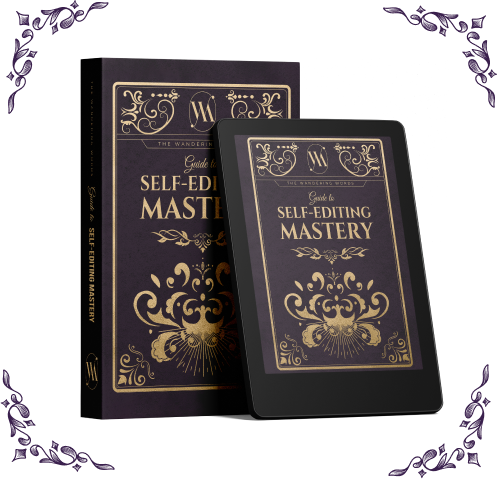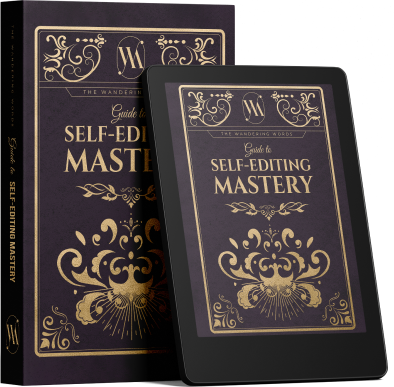Our Guide to Self-Editing Mastery has helped thousands of authors just like you:
- Pre-edit their books with ease
- Avoid the most common writing errors
- Quickly identify spelling & grammar mistakes
- Be more prepared for professional editing
Our Guide to Self-Editing Mastery has helped thousands of authors just like you:


I have a Love/Hate Relationship with Bullet Points.
Get it? Now there is a time and place for using bullet points effectively, which I will explain, but it has become an overused and, dare I say it, cop-out way of writing. It is replacing the use of eloquent transitional phrasing, which can express an author’s intent in moving the reader from point to point. Let’s dig a little deeper into this concept and see where it takes us!
Bullet points mean a list: a grouping of things. When you handwrite your grocery list or a list of to-do items, maybe you put little dots next to them. That’s your bullet-point list. And yes, in writing maybe they are longer than just a word or two, maybe it’s a phrase or even closer to a whole sentence, but it’s still just a list.
So, when to use bullet points in writing? Here, let me show you:

See what I did there? Bullets are explanatory; they are a way of condensing a lot of information in a short space to make it easier for the reader to understand. But in fiction writing, you want all the pretty words. You want to use all the descriptive language and colorful imagery to help the reader’s imagination soar, so there’s not going to be much need for bullet points in a fiction piece.
Okay, I did think of one instance:
There, feel better?
For those who can’t imagine writing a piece without bullet points, and feel that it will just look too overwhelming and copy heavy, don’t worry. The universe has provided a solution. It’s called the paragraph. Think through each concept or few concepts and block them off into smaller paragraphs. It will be easy on the eyes and convey your message just the same. So maybe take the sixth and seventh set of bullet points in your piece and give that a try!
And finally, as a friendly gesture to my bullet-point-dedicated readers, here’s a list of tips for best practices for bullet points:
And there you have it, my love/hate relationship with bullet points. Go forth and bullet wisely, dear readers!
For more writing and editing tips like this, join our Newsletter.
Happy Reading!
Qat

